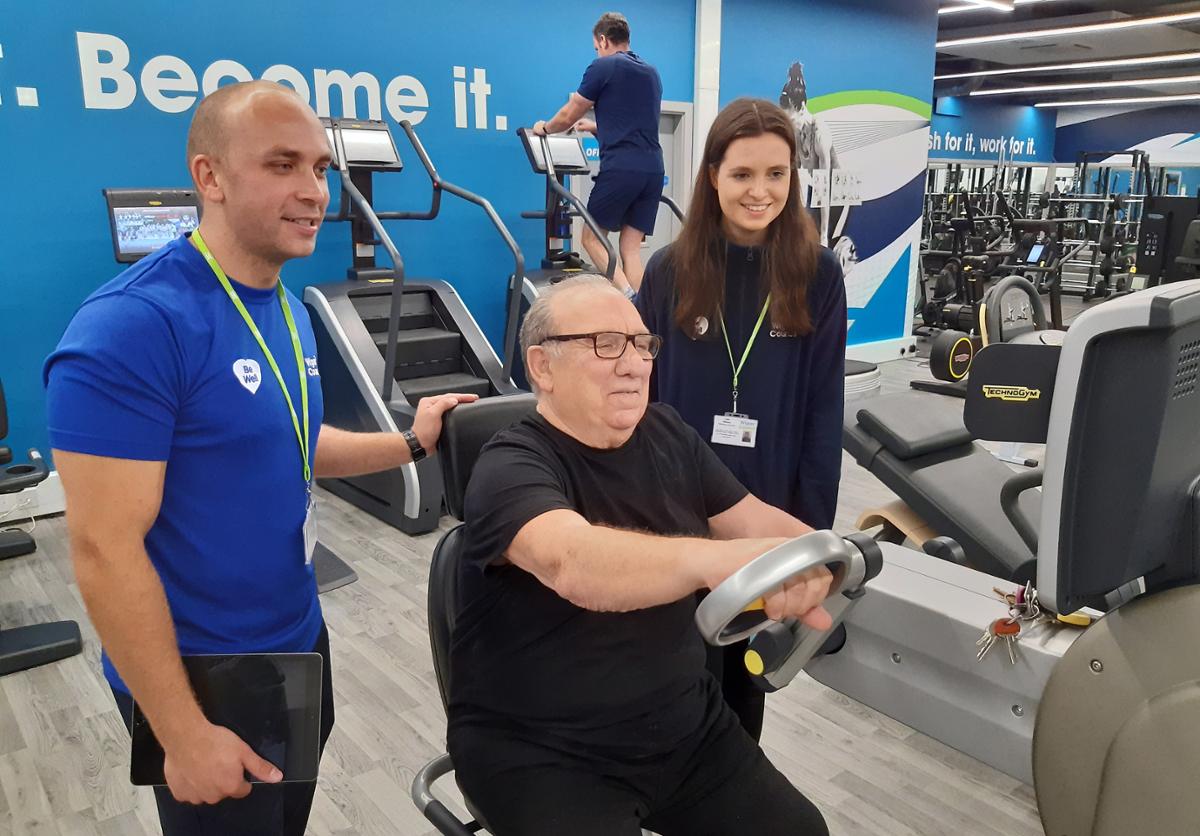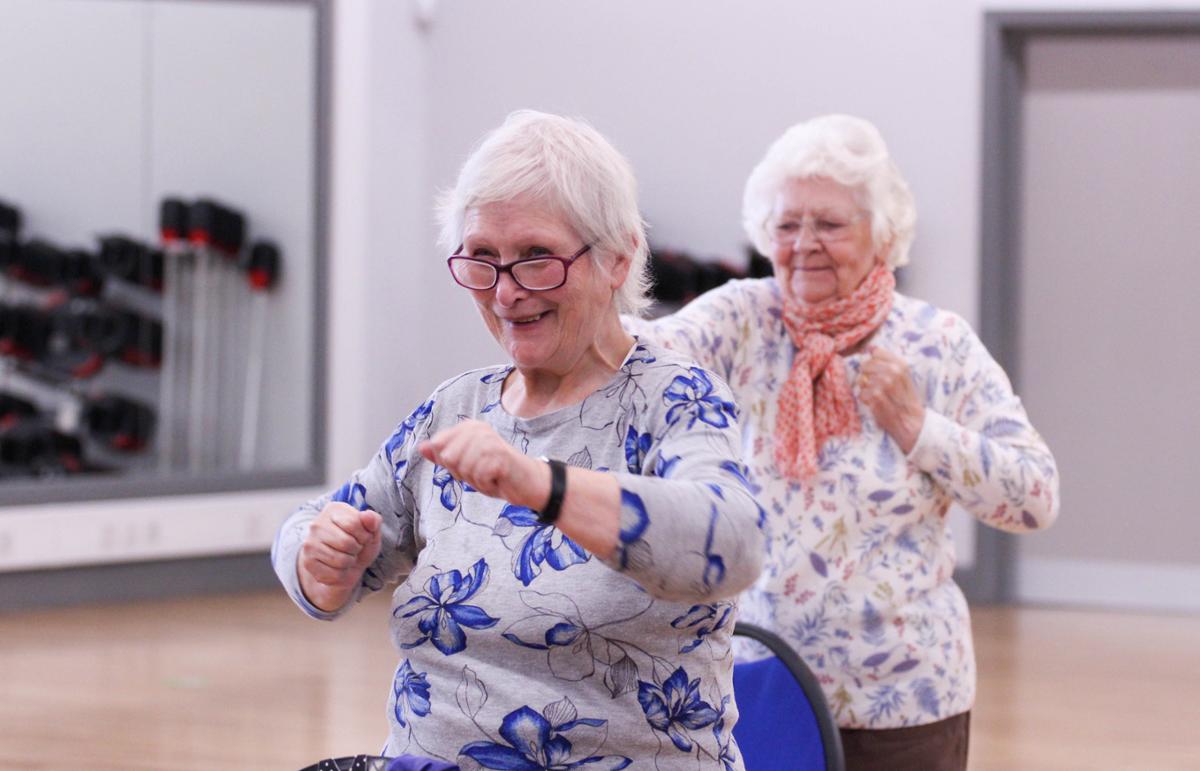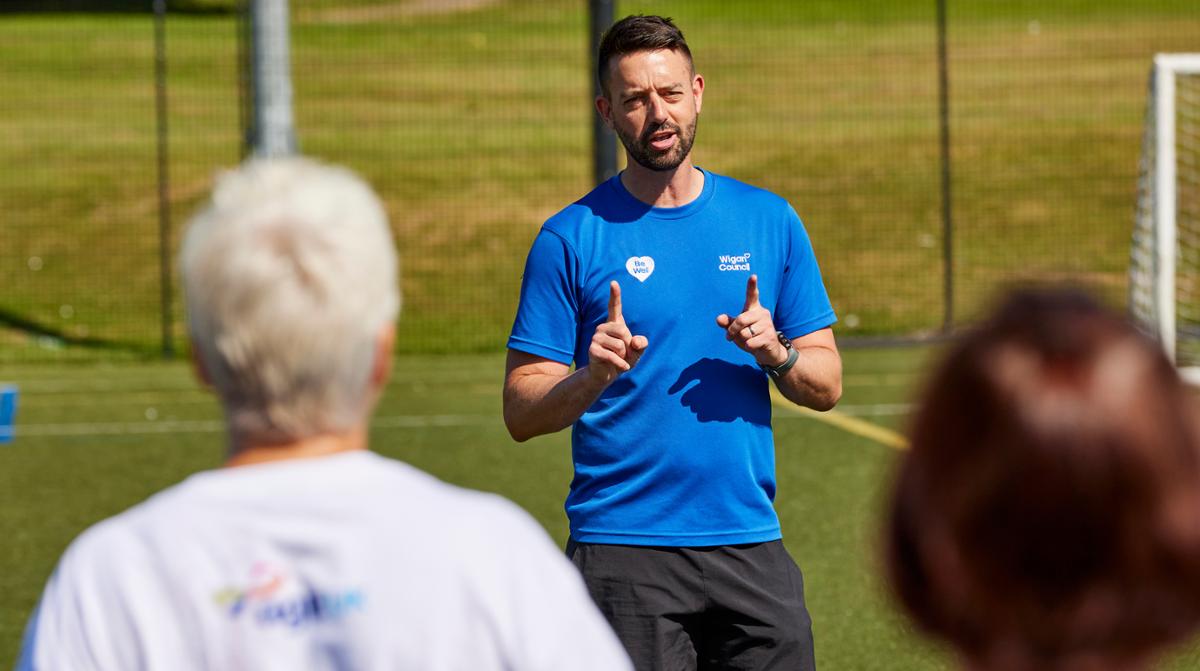What is the Wigan Deal and how did it come about?
The driver was the UK’s coalition government announcing austerity measures in 2010/11. Wigan council didn’t want to slash services, especially for vulnerable residents, so needed to find a different approach.
An innovation pilot for adult social care had been ongoing and a politically-led movement for change was scaled up from the insights we’d gained through this approach.
This happened across all services and saw us building a different relationship with our communities and a fundamentally different approach to delivering public services.
The end result, called The Wigan Deal, is an asset-based, integrated joined-up approach, which starts by finding out what people love to do and then looks at how the council can connect them to those positive things in their lives. It's about having in-depth conversations and working alongside community-based organisations to find creative solutions, rather than going through a checklist.
How successful has it been?
We’ve saved £170m through working differently and without having to close leisure centres or shorten opening hours.
We have a really engaged workforce, more paid-for members than ever, better retention, more children swimming and last year we had our best attendance ever, with more than 1.6 million visits to our leisure centres. The social value of our Be Well teams was conservatively put at £13.46m last year based on the impact on GP appointments, visits to health practitioners and the improved health and wellbeing of people coming to our facilities.
How important have leisure services been?
Leisure has been absolutely central and was one of the reasons the council took the decision to bring operations back in-house in 2021. Going forward, we think our leisure teams have a huge role to play in helping those living in disadvantaged communities to be healthy and we’re looking at how to develop the career pathways for health and care and feel it’s a great opportunity for our leisure workforce – especially given the skills, experience and capabilities they have.
During the worst of the pandemic, a number of our leisure teams volunteered to support our critical services. Many worked with adults with learning disabilities living in supported housing and achieved great outcomes by building wonderful relationships and showing them and staff members how to cook healthy meals and get active in outdoor spaces.
We have seven primary care networks in Wigan and seven leisure centres. For a number of illnesses, individuals are connected to our Be Well leisure team and signposted to concessionary wellbeing interventions. There’s a range of packages to support people to access the provision and we hope it’s the start of a lifelong interest in life and wellbeing and that they’ll remain as customers afterwards.
One area which has been particularly successful is our cancer pathway, as physical activity interventions have been shown to improve outcomes, post-surgery recovery and overall social interaction. Building on the success of a breast cancer pilot, the team now supports both the urology and haematology cancer pathways with hopes to expand this in the future.
How does The Wigan Deal work in practice?
The combination of training our staff to leave behind preconceived ideas and prejudices about what they think someone might want and focusing on the human being in front of them, alongside investment in our communities, means that often we can find a community-based solution.
One example is a man with early onset dementia whose wife had got in touch because she needed help to care for him. The social worker went to meet the family and started a conversation about how things were for them. The story unfolded that he had always been a keen runner but, after getting lost a couple of times and being brought back by the police, the family had been told to keep him at home. Prevented from doing his hobby, his physical and mental health deteriorated, which had led to the cry for help from his wife. When the social worker said “we need to get you running again” he came to life for the first time in the conversation.
The social worker met with the manager of the local community centre, who remembered the man and connected him with another runner who lived in the same area. He then called in for him each day to go for a run. Back doing what he loved, the man’s mental and physical health improved and there was no need for a social care intervention.
Without that social worker being trained to have a different conversation and being given the permission to innovate and look for a creative solution, the man with dementia would have ended up receiving a traditional day centre service referral, which isn’t what he or his family wanted, and this outcome would have cost the council thousands of pounds.
What are the next steps?
We’re now taking the lessons we’ve learned in the past 10 years and looking at moving forward to meet the challenges of the next decade. The Deal was a response to austerity, but the issues facing our communities are different now, we’re dealing with significant demand which has been brought about by social issues, such as the cost of living crisis and the pandemic.
Social care now accounts for 70 per cent of the council budget and with an ageing population we’re expecting this to rise to 80 per cent.
We’re currently working with consultancy SLC (www.slc.uk.com) to evaluate our services: looking back on what has been successful and developing that further, as well as continuing to be creative and innovative, taking on board the energy and suggestions of our teams.
Part of the change will be transforming our leisure centres into wellbeing hubs and we’ve already allocated space for clinical teams and other community-based organisations to work out of our leisure centres.

























































